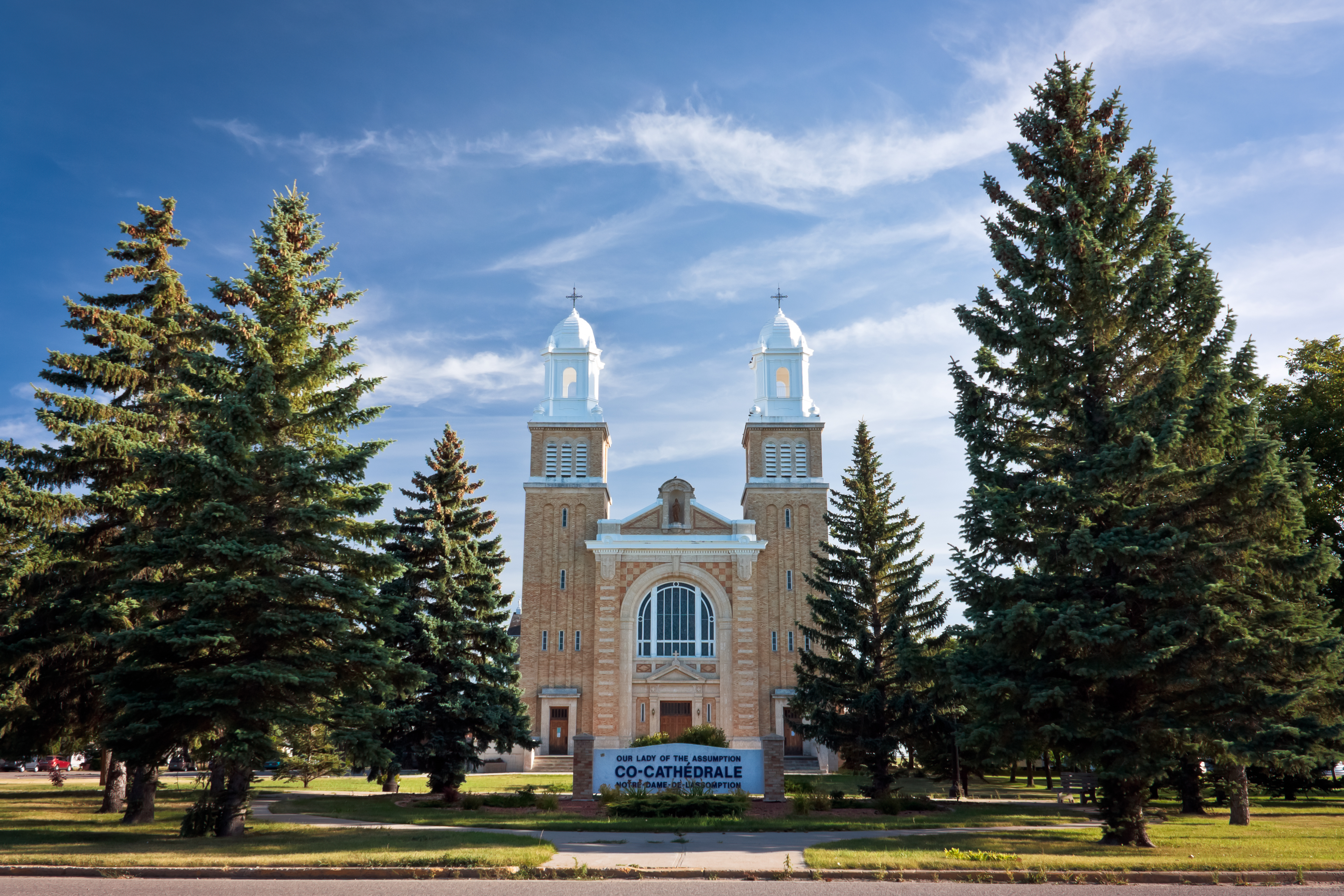|
Hivernants
Hivernants was used during the North American fur trade to describe Métis who spent the winter months hunting and trapping on the Canadian prairies where they built small temporary villages. The word is French for "winterer". "Hiverner" the verb means to overwinter. The hivernants were active in hunting buffalo (bison) during the cold-weather season (mid-November to mid-March) when the bison's hair was thick enough for the production of buffalo robes. This was as opposed to the summer hunt, which was primarily aimed at harvesting meat. Hivernant was also applied to a fur trade employee who wintered in the wilderness (usually at a trading post). Hivernant may also refer to a vacationer who spends the winter months at a resort or vacation center in a warmer climate. During the nineteenth and twentieth centuries many of the seasonal visitors to the French Riviera were referred to as hivernants. With the ability to vacation abroad (or domestically if they were French) for mont ... [...More Info...] [...Related Items...] OR: [Wikipedia] [Google] [Baidu] |
Southbranch Settlement
Southbranch Settlement (french: Communautés métisses de la rivière Saskatchewan Sud) was the name ascribed to a series of French Métis settlements on the Canadian prairies in the 19th Century, in what is today the province of Saskatchewan. Métis settlers began making homes here in the 1860s and 1870s, many of them fleeing economic and social dislocation from Red River, Manitoba. The settlements became the centre of Métis resistance during the North-West Rebellion when in March 1885, Louis Riel, Gabriel Dumont, Honoré Jackson, and others set up the Provisional Government of Saskatchewan with their headquarters at Batoche. History The Settlements stretched along both sides of the South Saskatchewan River in river lot style from Fish Creek north through Batoche and St. Laurent to St. Louis which was its northern boundary. They included Duck Lake 12 kilometers from St. Laurent accessed by the St. Laurent Ferry. The distance from Fish Creek to St. Louis was less than ... [...More Info...] [...Related Items...] OR: [Wikipedia] [Google] [Baidu] |
Block Settlements
A block settlement (or bloc settlement) is a particular type of land distribution which allows settlers with the same ethnicity to form small colonies. This settlement type was used throughout western Canada between the late 19th and early 20th centuries. Some were planned and others were spontaneously created by the settlers themselves. As a legacy of the block settlements, the three Prairie Provinces have several regions where ancestries other than British are the largest, unlike the norm in surrounding regions. The policy of planned blocks was pursued primarily by Clifford Sifton during his time as Interior Minister of Canada. It was essentially a compromise position. Some politicians wanted all ethnic groups to be scattered evenly though the new lands to ensure they would quickly assimilate to Anglo-Canadian culture, while others did not want to live near "foreign" immigrants (as opposed to British immigrants who were not considered foreign) and demanded that they be segrega ... [...More Info...] [...Related Items...] OR: [Wikipedia] [Google] [Baidu] |
Wood Mountain 1875
Wood is a porous and fibrous structural tissue found in the stems and roots of trees and other woody plants. It is an organic materiala natural composite of cellulose fibers that are strong in tension and embedded in a matrix of lignin that resists compression. Wood is sometimes defined as only the secondary xylem in the stems of trees, or it is defined more broadly to include the same type of tissue elsewhere such as in the roots of trees or shrubs. In a living tree it performs a support function, enabling woody plants to grow large or to stand up by themselves. It also conveys water and nutrients between the leaves, other growing tissues, and the roots. Wood may also refer to other plant materials with comparable properties, and to material engineered from wood, or woodchips or fiber. Wood has been used for thousands of years for fuel, as a construction material, for making tools and weapons, furniture and paper. More recently it emerged as a feedstock for the production ... [...More Info...] [...Related Items...] OR: [Wikipedia] [Google] [Baidu] |


